The LG G7 Review: A Rushed Attempt?
by Andrei Frumusanu on August 9, 2018 11:00 AM EST- Posted in
- Smartphones
- LG
- Mobile
- LG G7 ThinQ
- LG G7
Camera - Low Light Evaluation
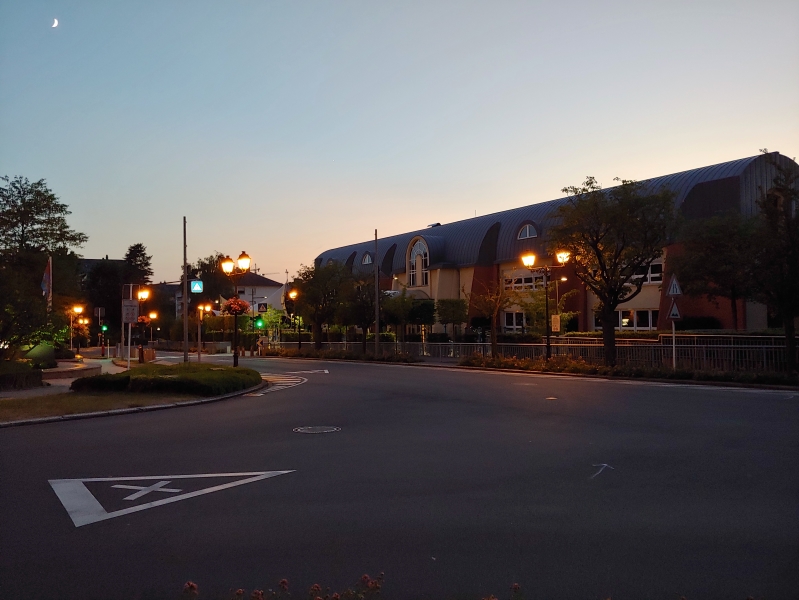
[ G7 ] - [ G6 ] - [ V30 ]
[ Mi MIX 2S ] - [ Pixel 2 XL ] - [ Mate 10 ] - [ P20 ]
[ OnePlus 6 ] - [ P20 Pro ] - [ S8 ] - [ S9+ ] - [ iPhone X ]
Switching over to the low-light scenarios, the first scene already again shows the inconsistency of the G7 in deciding on a good exposure. Although the G7 isn’t really alone here and both the G6 and V30 needed help to point out what the main subject is.
Again coming back and doing an apples-to-apples between the G7 and V30 ( vs shots) which have both respectively 1/25s ISO200 and 1/24s ISO400 – I can’t understand how the G7 manages to produce a much noisier picture even though by all means it should have had the clearer shot due to the lower ISO setting. It also continues to blur out details in a much worse manner.
The only positive here is that the HDR processing did manage to produce a quite good result – at least in shot 1.
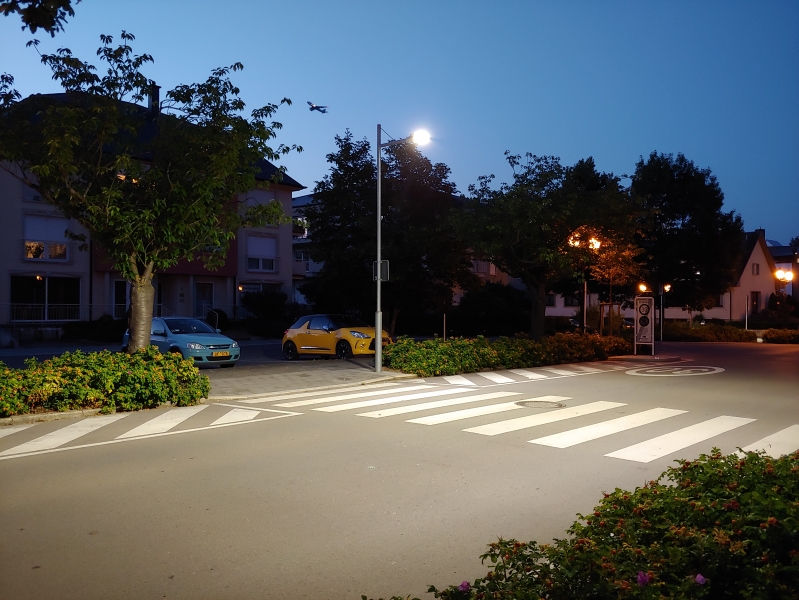
[ G7 ] - [ G6 ] - [ V30 ] - [ Mi MIX 2S ] - [ Pixel 2 XL ] - [ Mate 10 ]
[ P20 ] - [ P20 Pro ] - [ S8 ] - [ S9+ ] - [ iPhone X ]
[ OnePlus 6 ]
The next shot we finally see a result in which the G7 doesn’t obviously blur out the details. The result is quite good overall, although the colour temperature is a tad too warm but that’s also something a lot of phones had trouble with in terms of white street lights.
Here it’s also visible that the 1µm pixel pitch sensor is limiting the dynamic range as the larger sensor phones have better shadow definitions throughout the scene.
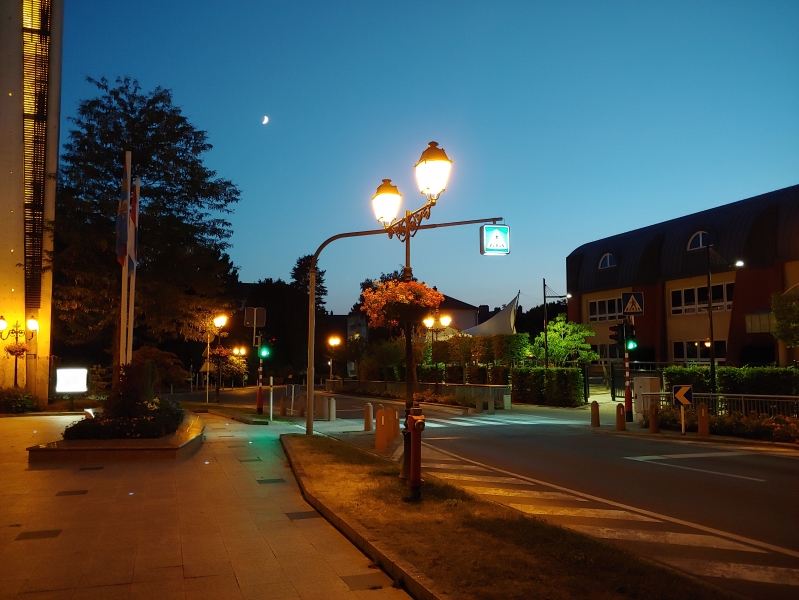
[ G7 ] - [ G6 ] - [ V30 ] - [ Mi MIX 2S ] - [ Pixel 2 XL ]
[ Mate 10 ] - [ P20 ] - [ P20 Pro ]
[ OnePlus 6 ] - [ S8 ] - [ S9+ ] - [ iPhone X ]
Here’s another shot where the G7 doesn’t apply its super harsh water-colour effect, and I would say it’s for once finally a clear winner overall over the V30. The result is actually extremely competitive with most other flagships – while it loses to some out in dynamic range, the overall combination of the exposure and detail retention is pretty balanced.
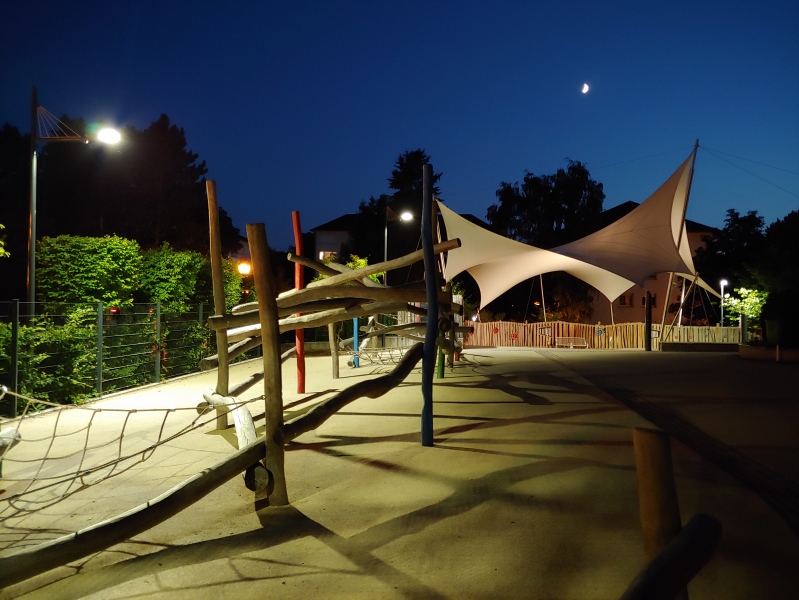
[ G7 ] - [ G6 ] - [ V30 ] - [ Mi MIX 2S ] - [ Pixel 2 XL ]
[ Mate 10 ] - [ P20 ] - [ P20 Pro ]
[ OnePlus 6 ] - [ S8 ] - [ S9+ ] - [ iPhone X ]
In this last low-light shot the one thing that is blatantly wrong is the colour temperature – again this is a regression to the V30, but at least it’s not as awfully off as on the G6.
Please note that both G7 shots were shot at the same settings – 1/14s at ISO750, yet the second shot is far worse and this is probably the single best before-and-after in terms of showing what the processing is doing to the capture. The is the heavily processed one. The phone is attempting to balance out the luminance in the shot but what is happening is it’s also bringing out the noise with it – this is especially visible in the sky.
The compressed rubber turf is naturally porous and here again the G7’s processing just loses all of its texture definition – look at the P20 Pro for the best baseline comparison.
Overall again the G7 regresses in practically every aspect compared to the V30 in this shot.
Extreme Low Light
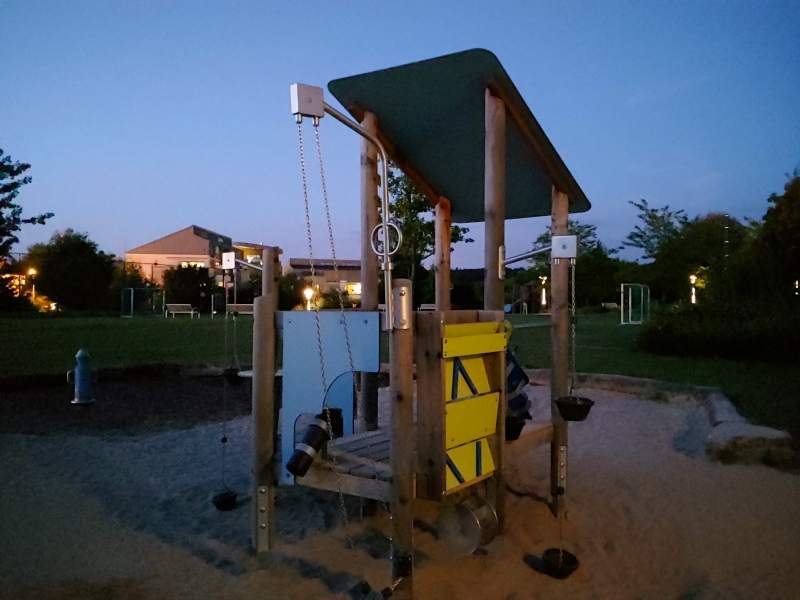
[ G7 ] - [ G6 ] - [ V30 ] - [ Mi MIX 2S ] - [ Pixel 2 XL ]
[ Mate 10 ] - [ P20 ] - [ P20 Pro ]
[ OnePlus 6 ] - [ S8 ] - [ S9+ ] - [ iPhone X ]
The V30s introduced the “Low-light shot” mode and was backported to the V30. The G7 includes it as well and under a certain threshold (if enabled in the settings) it switches over to LLS mode. This is a 2x2 pixel binning mode with a quarter of the resolution, but drastically increases light sensitivity.
The extreme-low-light scenario is essentially there to see how the phones perform under very dark conditions where you wouldn’t normally expect to capture much. Recent development in computational photography and special capture modes such as pixel-binning on the camera sensor have recently allowed phones to finally make this a somewhat viable scenario for newer smartphones.
The G7 here produces a very bright result which does beat most other phones. Looking at the EXIF data both the V30 and G7 did a 1/7s exposure, but the V30 doesn’t have any ISO entry while the G7 says it’s at ISO2250. Usually when the EXIF data doesn’t get populated it’s because the resulting image went through heavy processing, and there’s a notable difference between the G7 and V30 again as the latter, while being a bit darker, produced a much clearer and sharper image.
Low Light Conclusion
Unfortunately, while the G7 did fare a bit better in some low-light scenarios, it overall still represented a regression over the V30.
There’s just no real excuse for LG here as all it had to do to maintain camera quality was to port over the existing camera calibration and processing from the V30 to serve as a baseline. Instead it looks like LG started from scratch, and somewhere in the process they forgot to finish the work. I’ve heard from a lot of vendors that the camera is usually the last thing that’s developed during the bring-up of a new phone platform, but to have such a regression over a previous generation phone in a company's line-up is something that I haven’t really seen before.










69 Comments
View All Comments
collegsd - Friday, February 8, 2019 - link
https://bit.ly/2Fm6EwV
https://bit.ly/2MVhtrv
collegsd - Friday, March 1, 2019 - link
https://bit.ly/2UdoXsR
https://bit.ly/2NBhgKh
https://goo.gl/3x4xCv
https://goo.gl/368WJz
collegsd - Wednesday, March 6, 2019 - link
https://bit.ly/2Thih0a
https://bit.ly/2XJsdht
https://bit.ly/2VLI5yx
https://bit.ly/2VLIhhf
https://bit.ly/2Tys0yp
https://bit.ly/2TnkrLI
https://bit.ly/2UoBGJc
collegsd - Wednesday, March 13, 2019 - link
https://theteamnames.comhttps://goo.gl/NoYqes
https://bit.ly/2O2NFcS
collegsd - Wednesday, May 8, 2019 - link
https://bit.ly/2IpXaSMhttps://metropcspayment.pro
collegsd - Tuesday, May 21, 2019 - link
Get All the latest Update on 2019 Ohio State football schedule so that u can get all the hit entries of Ohio State football roster and their score.https://bit.ly/2Tlj6kN
collegsd - Saturday, June 1, 2019 - link
https://mpcspayment.com
https://bit.ly/2QCwmAU
collegsd - Thursday, September 12, 2019 - link
https://bit.ly/2RTX5tghttps://buff.ly/2KWWo0C
https://bit.ly/2YHB7fu
https://buff.ly/2L5Gj7A
Alistair - Thursday, August 9, 2018 - link
Honestly I don't take photos very often, so if you take that out of the picture... it's the best phone to buy right now because of the price as usual. Only cost $500 through my carrier.I'm pretty sensitive to display calibration with computer monitors, so I was surprised to see that mentioned here, as it looks perfectly fine to me.
Every time I read reviews, I'm always surprised how many annoyances in the S9 are glossed over, but every small issue with the G7 is a "major" defect.
S9+ size, super fast, amazingly bright display in sunlight, best speaker I've heard in a phone, tiny bezels and a smart implementation of the notch, I'd give this phone a huge recommendation at any discounted price vs the competition.
Alistair - Thursday, August 9, 2018 - link
I just checked my carrier, the LG G7 is $520 USD on promotion, the S9+ is $820. I really feel LG should launch with a lower MSRP so that reviews don't get misled, thinking the prices are similar. Just as good as an S9+ and the same size (but nice and light), and $300 cheaper.